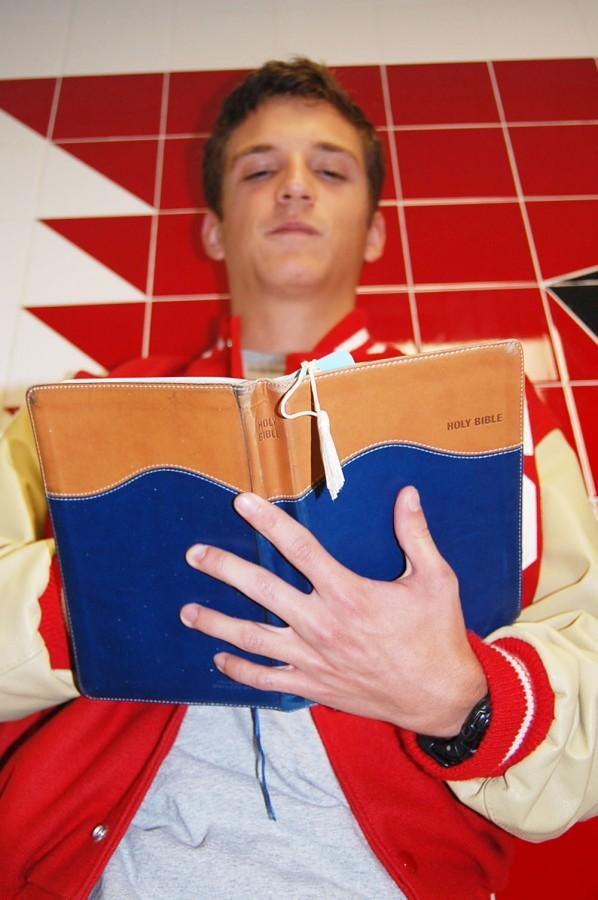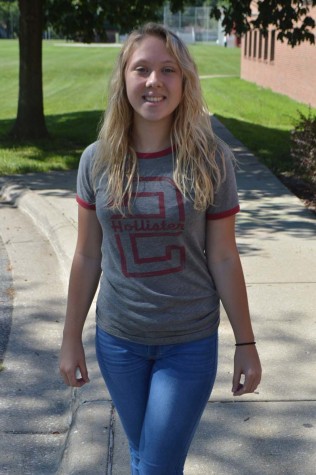Religions shed at schoolhouse gate
Senior Blaise Shields believes that a separation between school and religion is necessary for equality between religions.
November 10, 2015
There are 2,024 public schools in the state of Indiana alone, which squeeze in 1,010,811 students, according to http://indiana.educationbug.org. In public schools there are limitations to how teachers and students can go about discussing and expressing religious beliefs.
At SHS, religious affiliated clubs take place and clothing that reflects a religion is allowed, but there are still boundaries which teachers are expected to respect. Teachers and students at SHS believe that those boundaries are appropriate for a classroom setting.
“I think there’s a separation [of religion and public schools] to kind of give more freedom to make sure one religion doesn’t kind of shadow over all the other ones, to make sure everyone can express themselves,” Senior Blaise Shields said.
Junior Remmy Davidson, who was raised in a religious household, also agrees that the separation helps to keep from one religion overruling the other ones. He is thankful for the separation because he is an Atheist, and he feels it is not right to force religious beliefs onto anyone.
“[The government is] kind of a bit more afraid of people trying to attack others for their religion or maybe to a certain degree they believe religion might take over the school which I understand,” said Davidson.
Biology teacher and co-sponsor of Fellowship of Christian Athletes (FCA) Elmer Sanders agrees with the limitations of teaching religion in public schools. He believes that students and teachers have to keep in mind what school is about and focus on that.
“I’m in complete agreement with [religious limitations for teachers],” Sanders said. “It goes beyond the scope of our teaching responsibilities.”
He says there might be a student who wants to come after school and discuss religion with a teacher and Sanders believes that the teacher needs to exercise wisdom during those situations. A teacher could inform the student of religious clubs held by the school and suggest the students seeks guidance there.
SHS math teacher Christina Ferguson agrees that students and teachers should be able to discuss religion. She says that some students notice a difference in her so they will ask her why and she is willing to explain.
“My students should notice that there’s something different about me and they may want to know why I’m different and so when they ask me question or ask me, ‘How are you so positive?’ I share with them why and I share with them my beliefs,” Ferguson said.
She says that when she is teaching there comes times when she discusses theories of the origin of life with her class. She says that she explains all theories, not just the ones she finds to be true. Ferguson says that people normally know when they are crossing a line, that they should not try to change people by forcing beliefs onto them.
According to the American Civil Liberties Union, students are not compelled to wear gym clothings for physical education classes if it goes against their religious beliefs. Ferguson says that the physical education department must have an understanding that by allowing the student to wear their religious clothing will not interfere with the class’ environment.



